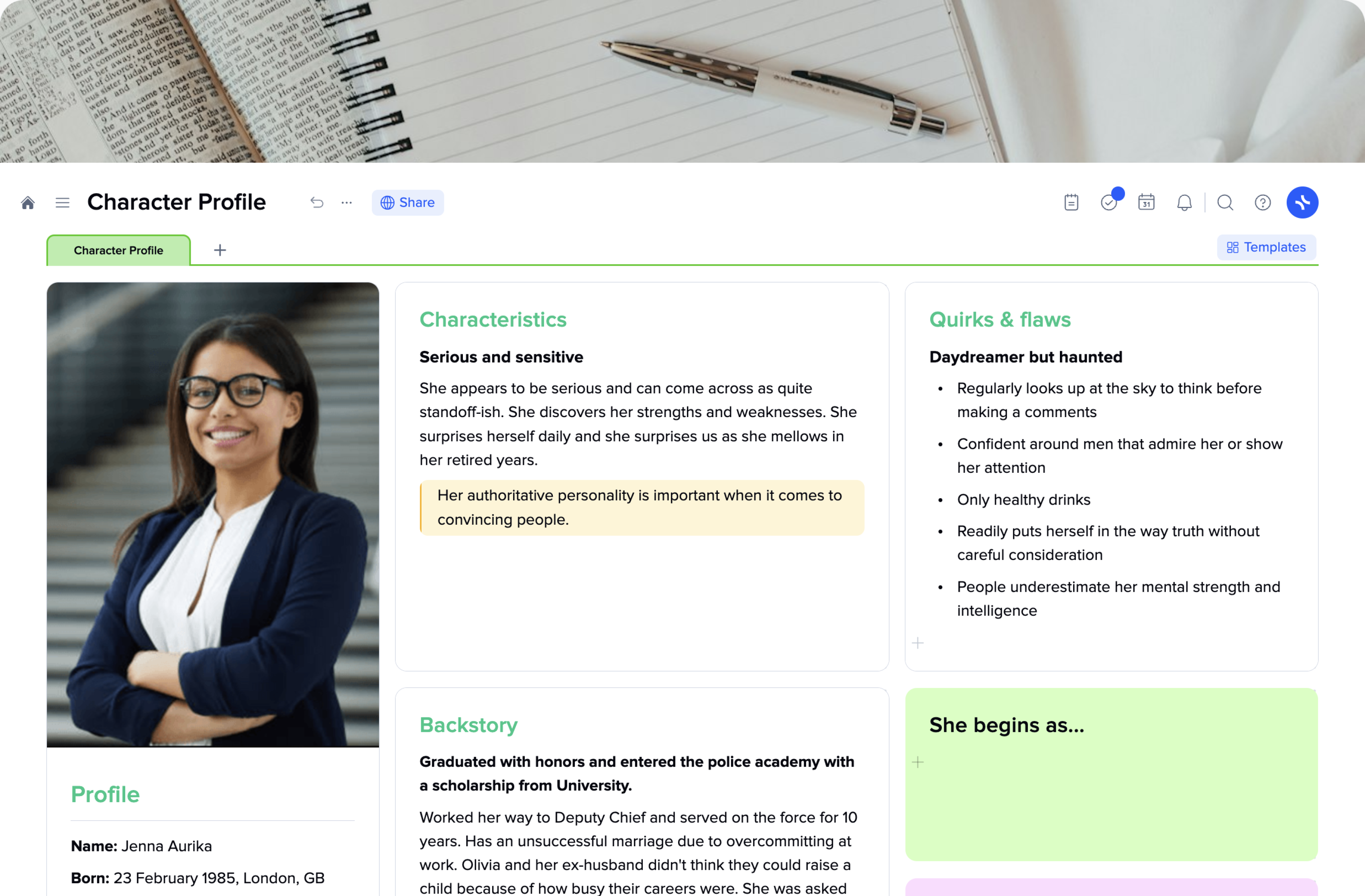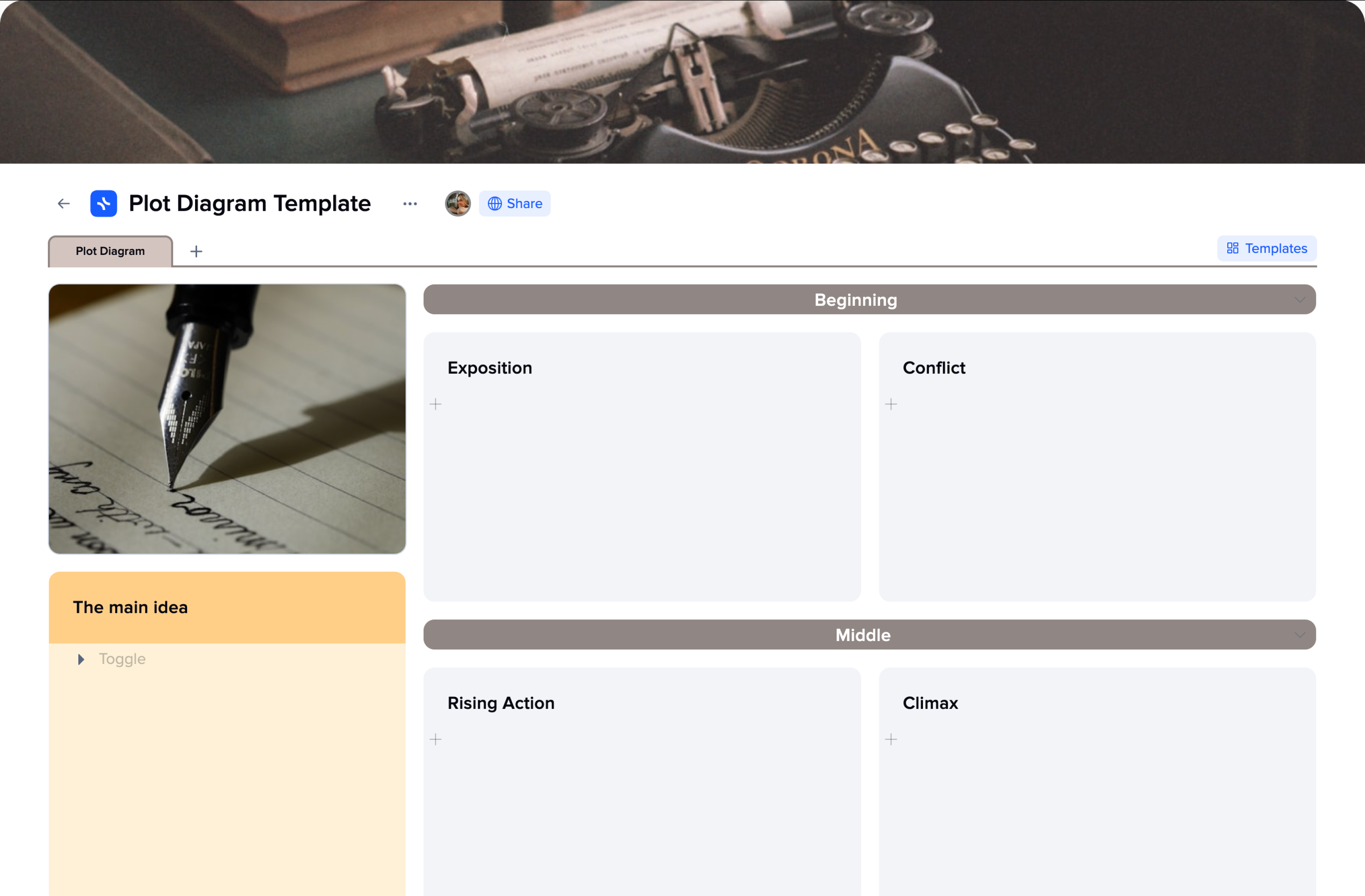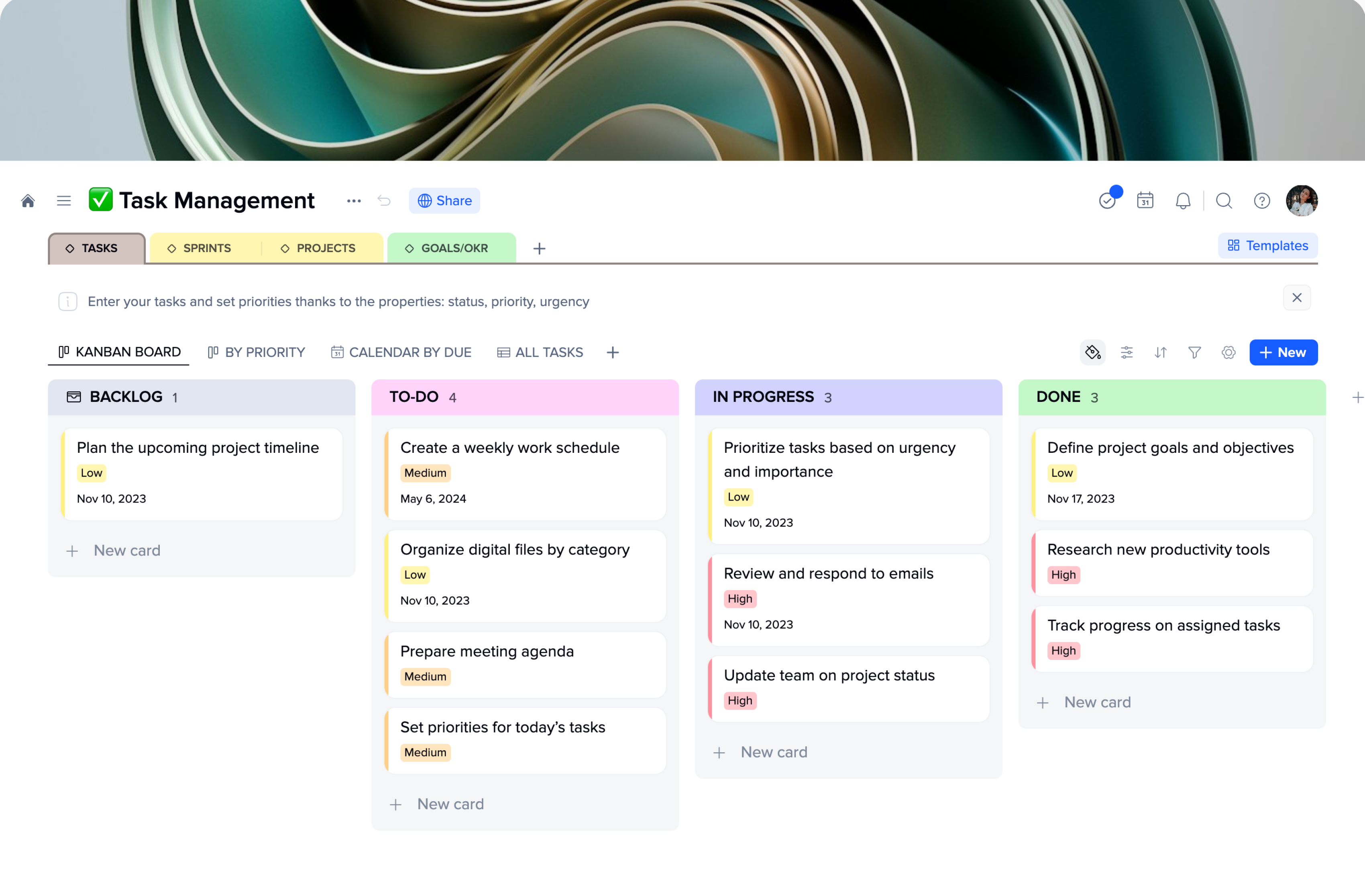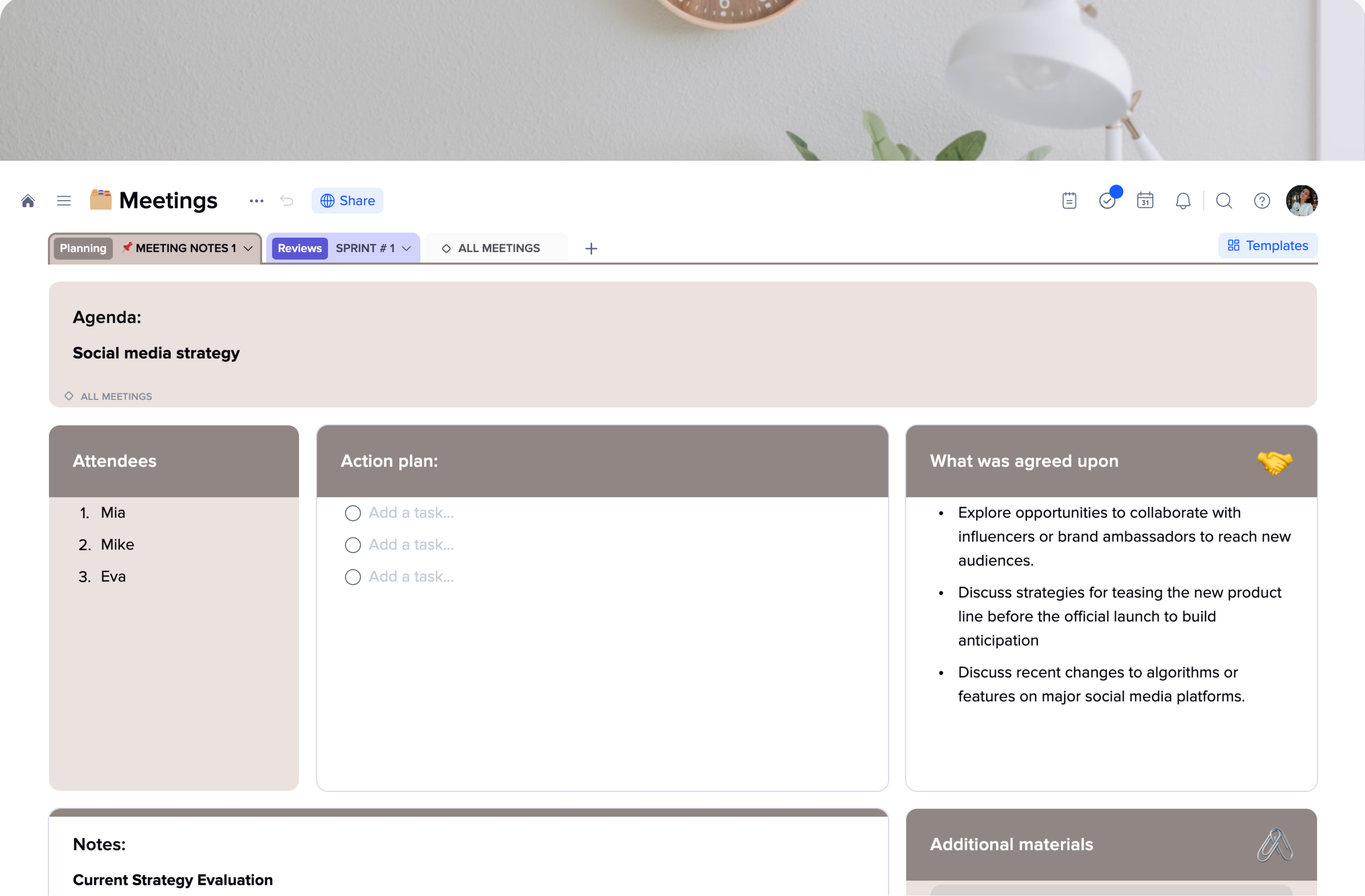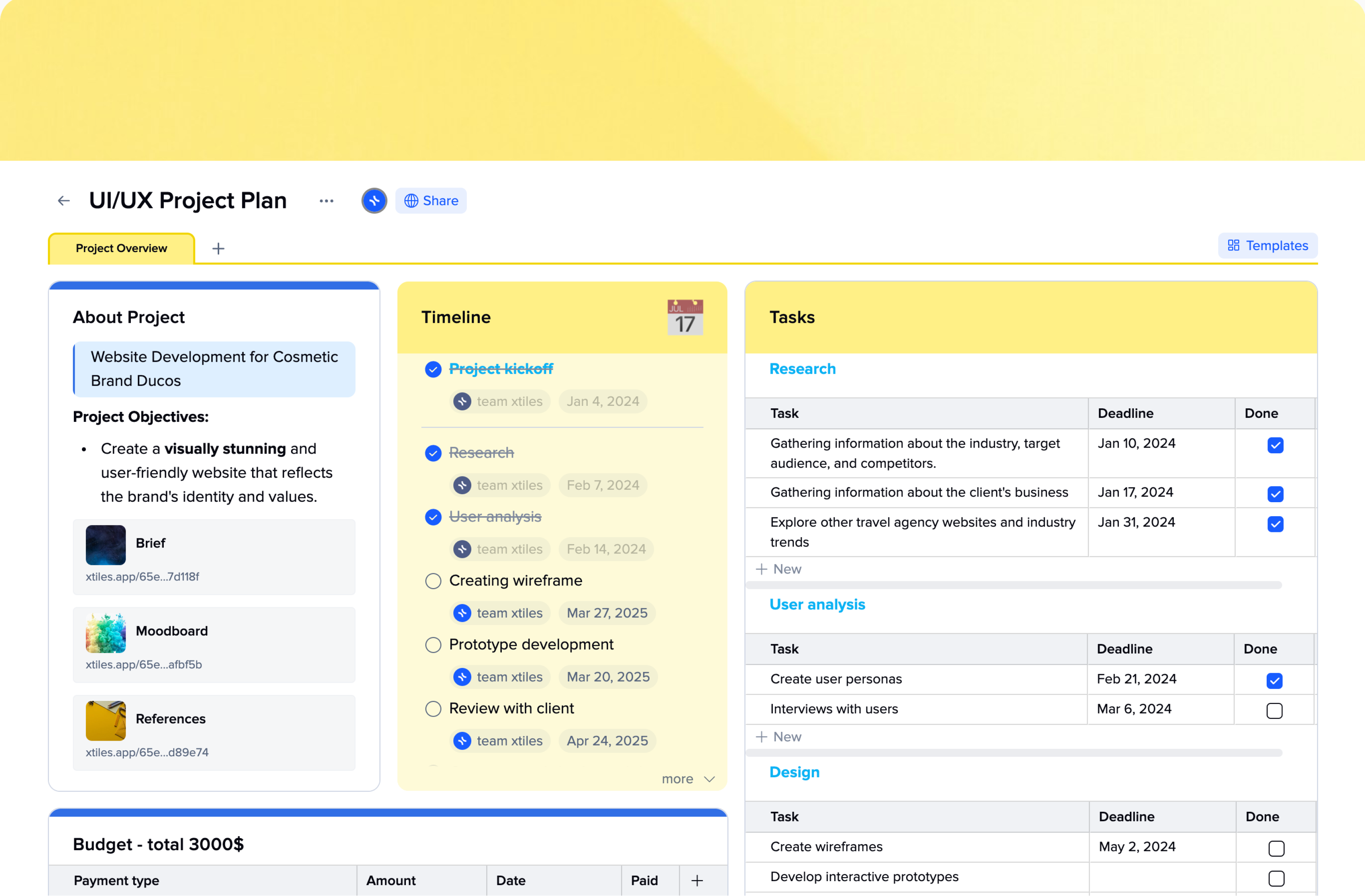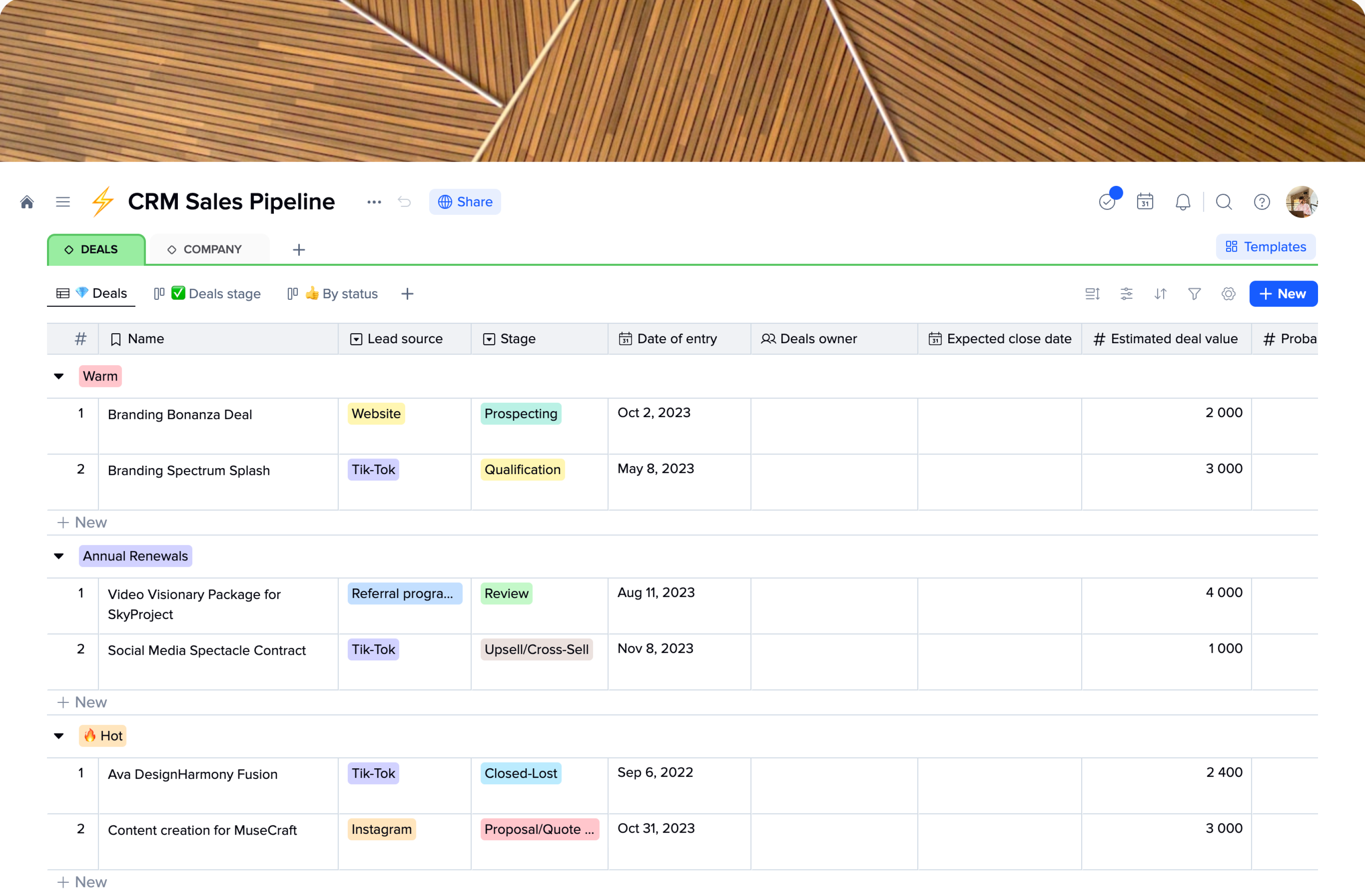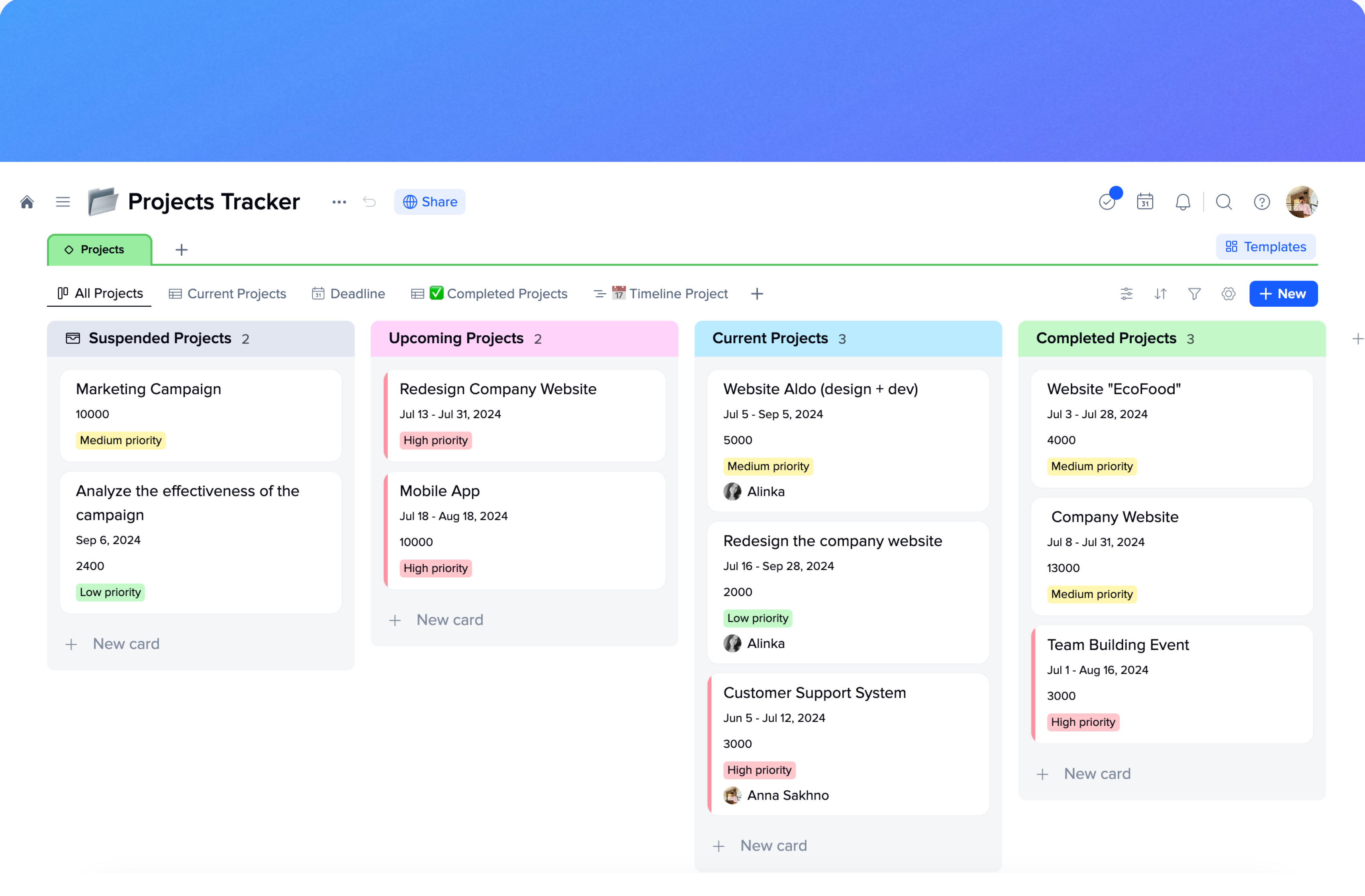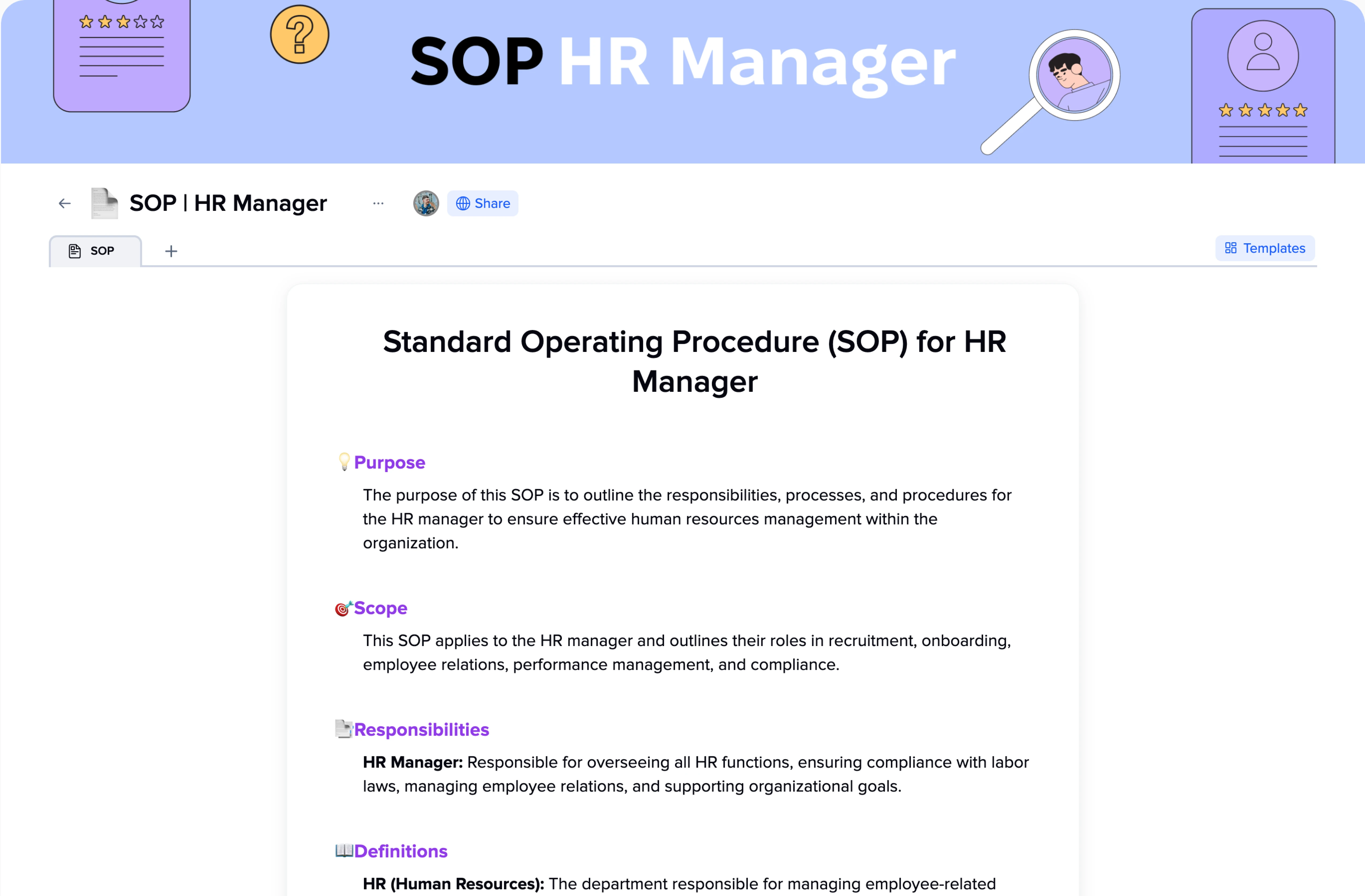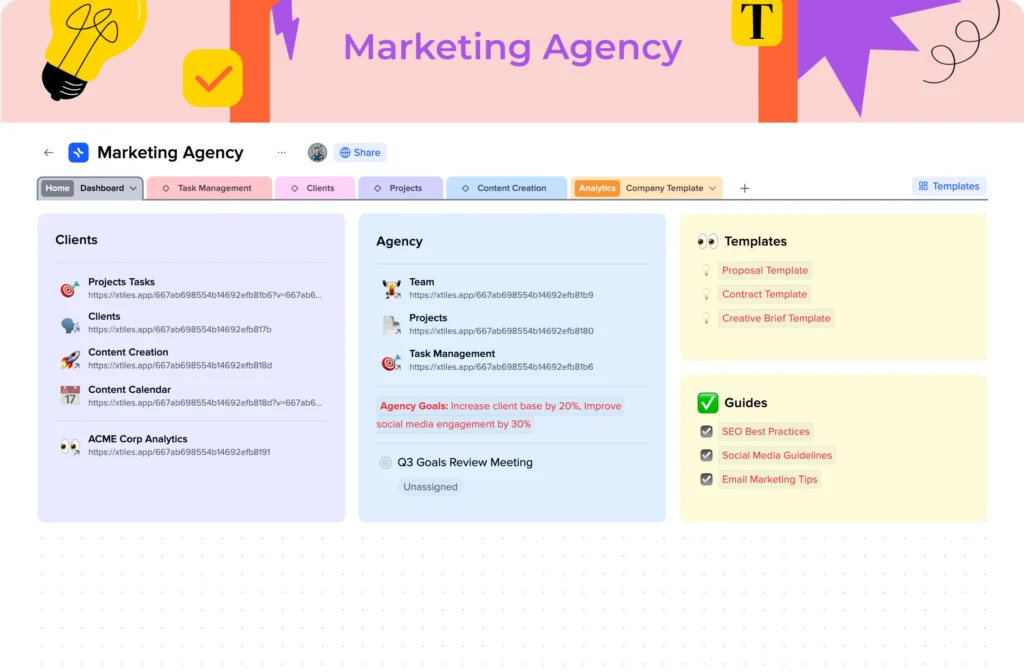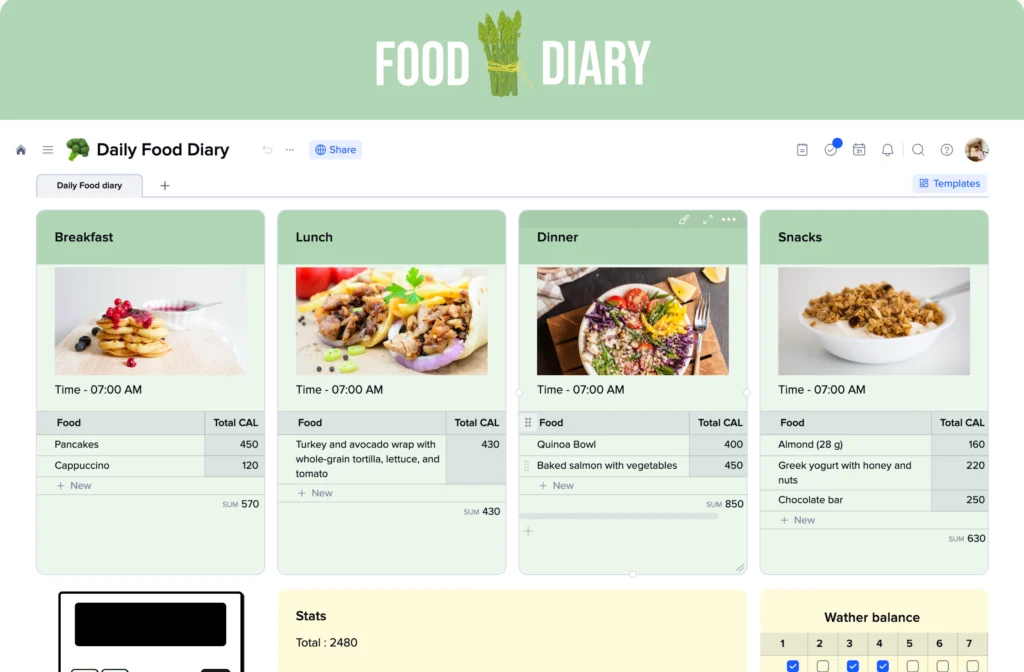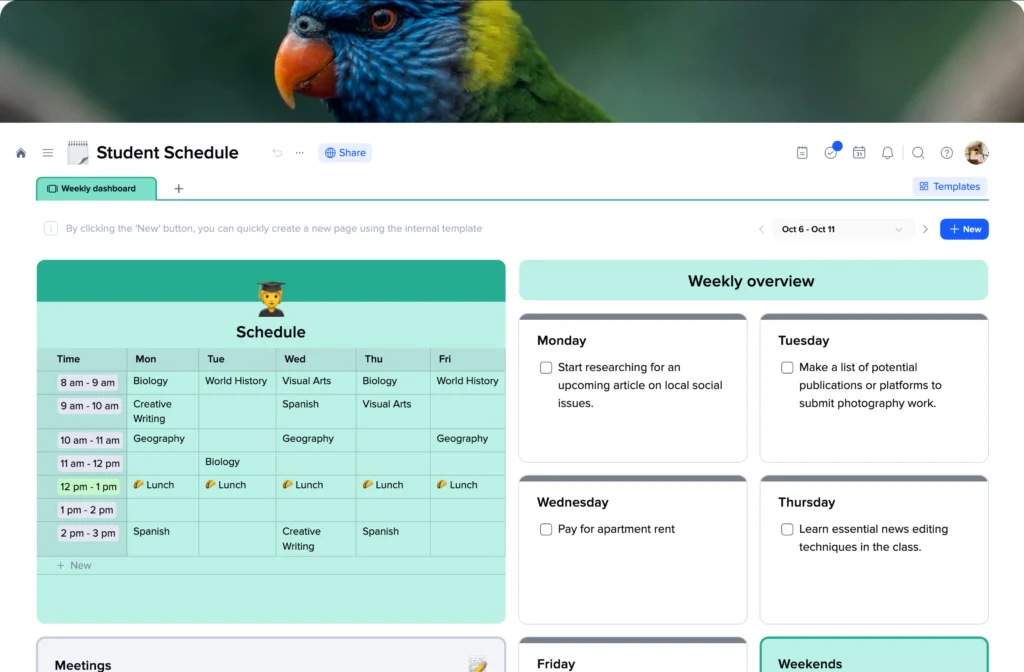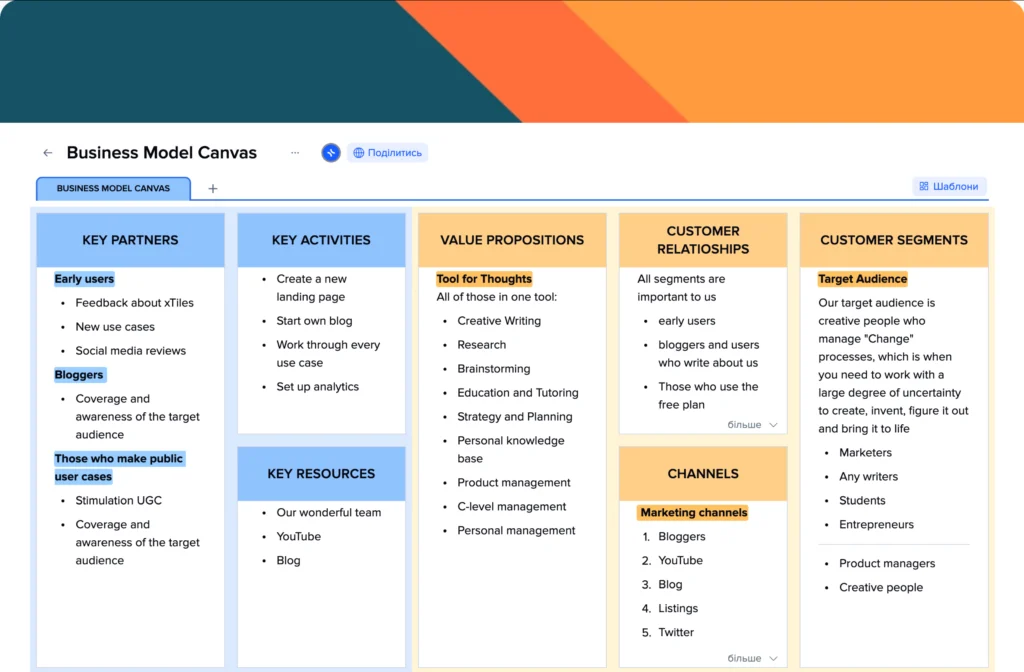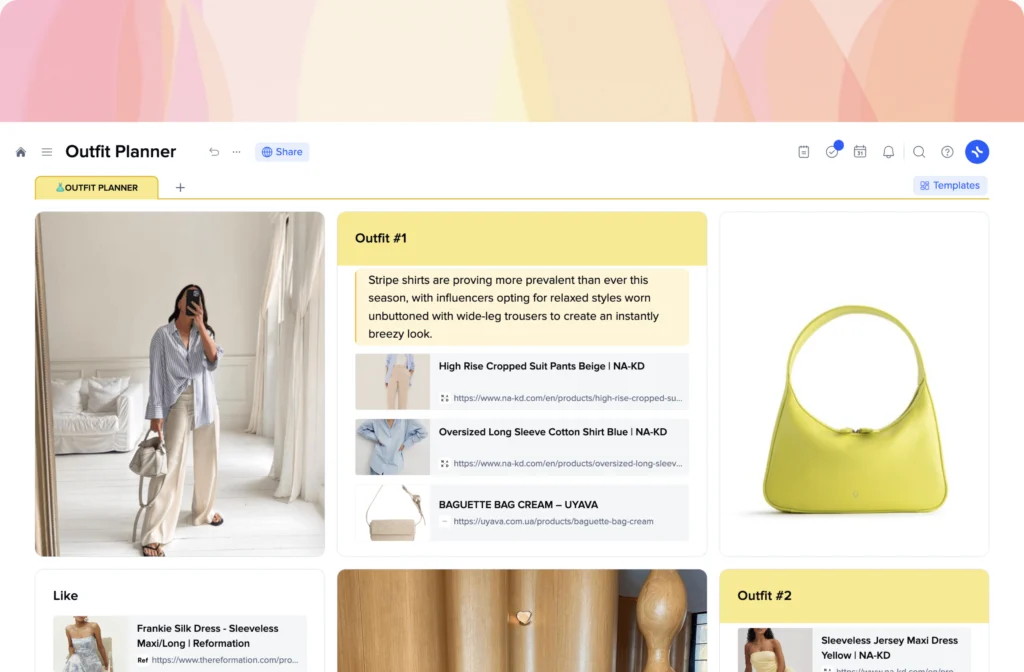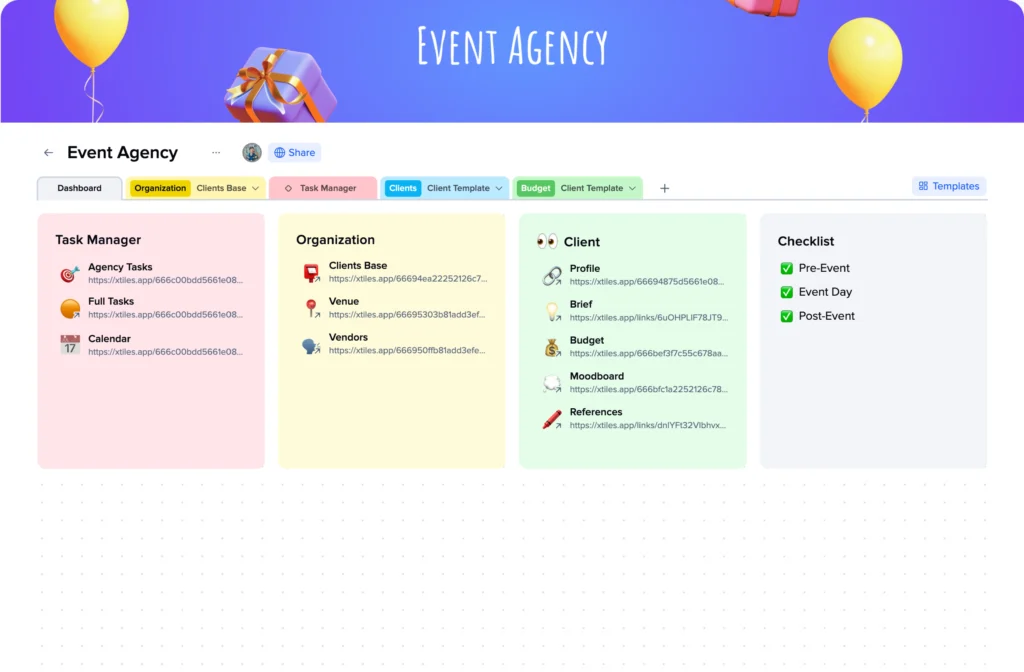Why are character profile templates important for a writer?
Have you ever met “flat” characters? They may be so boring that you can’t stand another sentence about them. Have you ever thought about what could change things and give them depth? What do all these poor characters lack? An interesting character that engages the audience in your writing is a collection of different features, ideas, thoughts, and details. If all of these combine successfully, you’ve succeeded. But how can one find suitable characteristics and mix them correctly? There’s no answer, only approaches you can try.
Generations and generations of authors did their best to give us a push and make the ideation process easier for us. We have many examples, other people’s experiences, and successes and failures to learn from. So, why not use others’ developments to reach your desired point faster? They had to use boards with cards, folders, lists, and bulky notebooks to have all the needed information about their characters in one place. Today, we can skip this time-consuming routine and go straight to the good part – creating.
A detailed character profile template is the first step to creating a character that will be “alive” and develop naturally throughout the story. Moreover, it’s the place you can return to anytime you have doubts about what your character would do or say under given circumstances.
When do I need a character profile template?
The person you know the best is you. And still, we keep forgetting facts about ourselves. How many times have others’ questions about you left you speechless? It is almost impossible to create a whole new person and keep their biography in mind without mixing things up. Whether you work on a fantasy, anime, or toyhouse character profile, a template will give you a better understanding of your character, so you will be able to better introduce them to the readers.
Definitely, it’s 99,9% that you won’t use all the stuff from your character profile (unless you work on a very detailed biography). Still, you need all this information to understand the person you’re writing about. What the reader gets is only the tip of the iceberg. However, what is underneath the water is the base you can’t neglect in an attempt to create a character that is likable and interesting.
There will be a point when you need to introduce your character to the public. That will be where you may use most of the information you put on the profile. However, you can’t use all of it in one place for the character’s and readers’ sake. When you have a profile, it will be easier to put these facts evenly through the text when you have a profile. You won’t overwhelm one chapter with all of them, leaving the rest with no character-revealing approaches.
Characters need to have their own voices and styles, so people can believe them, whether they are good boys or villains. What helps to reach that effect and make your character unforgettable? Tiny details. Their childhood memories, favorite songs, colors, a piece of clothes they wear all the time, etc. Pick something and put it into your character profile to find out how this detail works with other characteristics. Does it help to reveal the person or story? The detail may be there from the beginning and be a gun that will shoot at the end or emerge later just to represent your character changes.
When creating a character with many layers, you may need to conduct research and look for references. There are archetypes that work with appropriate kinds of stories. Define what is yours, and look through the popular culture to get what will be workable for your case. Check how they may behave and react. Such research also may be very helpful if you struggle with writer’s block.
So, as you can see, you may get a great deal of profit using a character profile template whenever you create something with characters in it. However, they are also good if you are stuck and can’t move any further in your story. Have you ever experienced the feeling that your story is leading you and then, all of a sudden, escapes, so now you’re the one who has to deal with everything? Character templates may help you gather all the facts you already know, reconsider them and your character motivations, take one more look at the current situation, and try to find the best solution.


